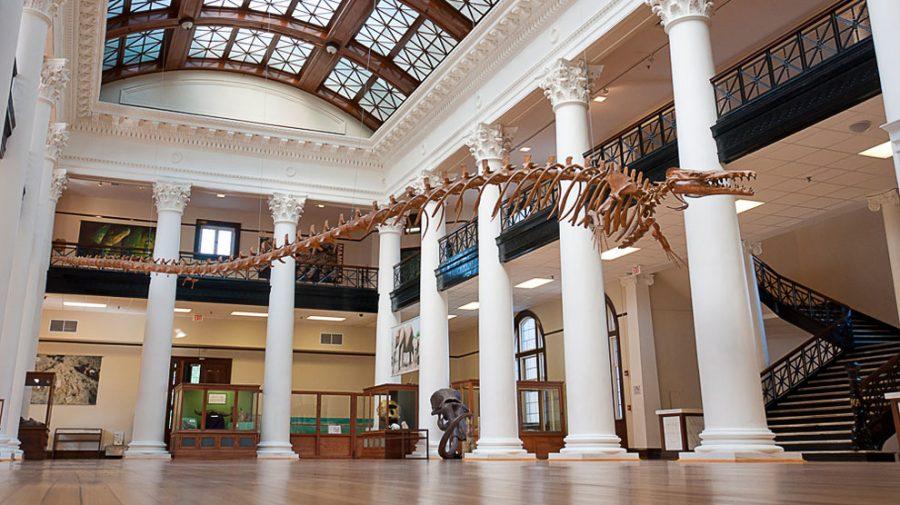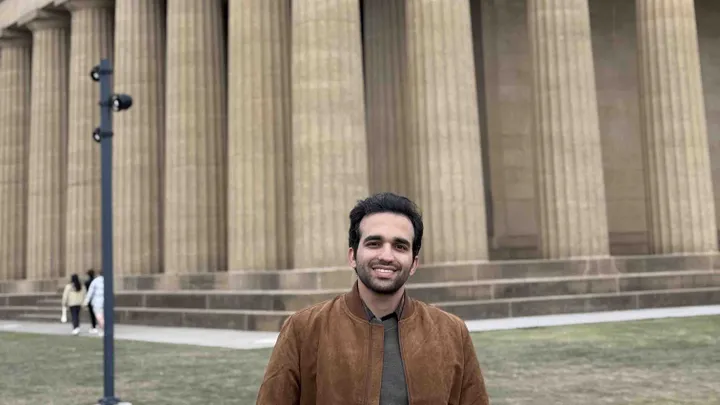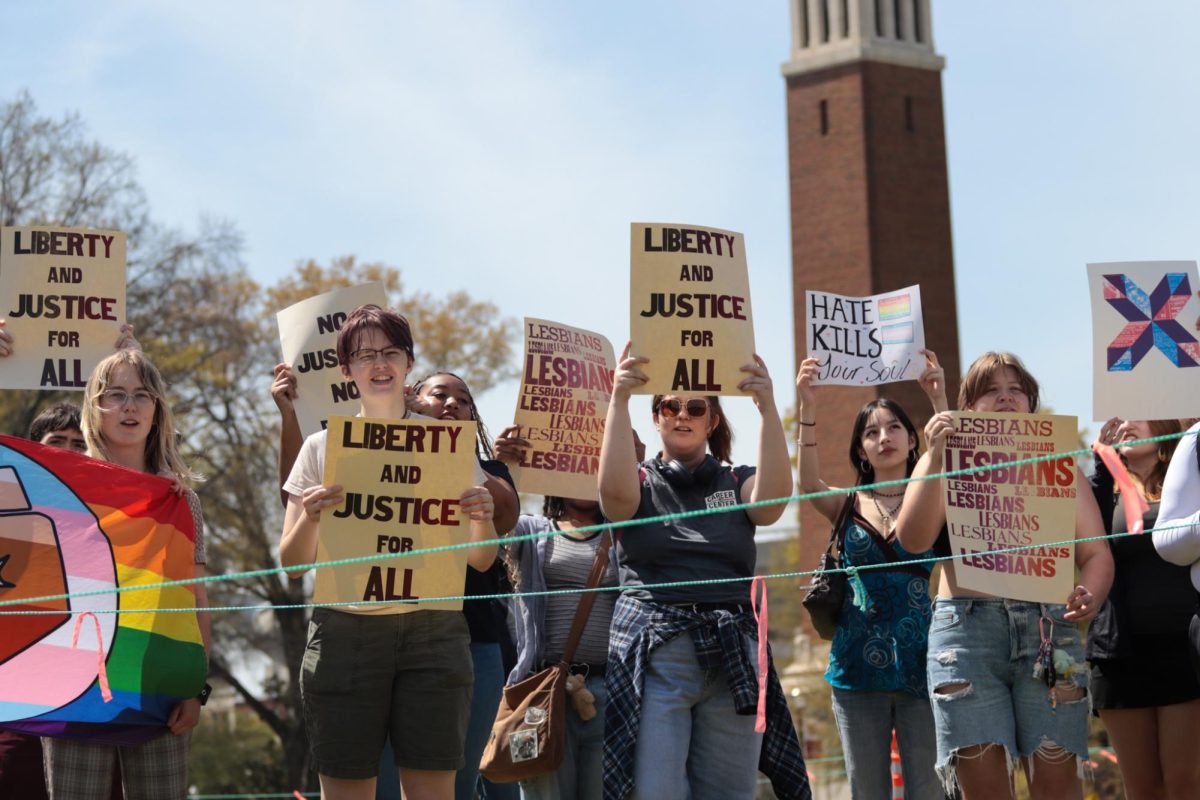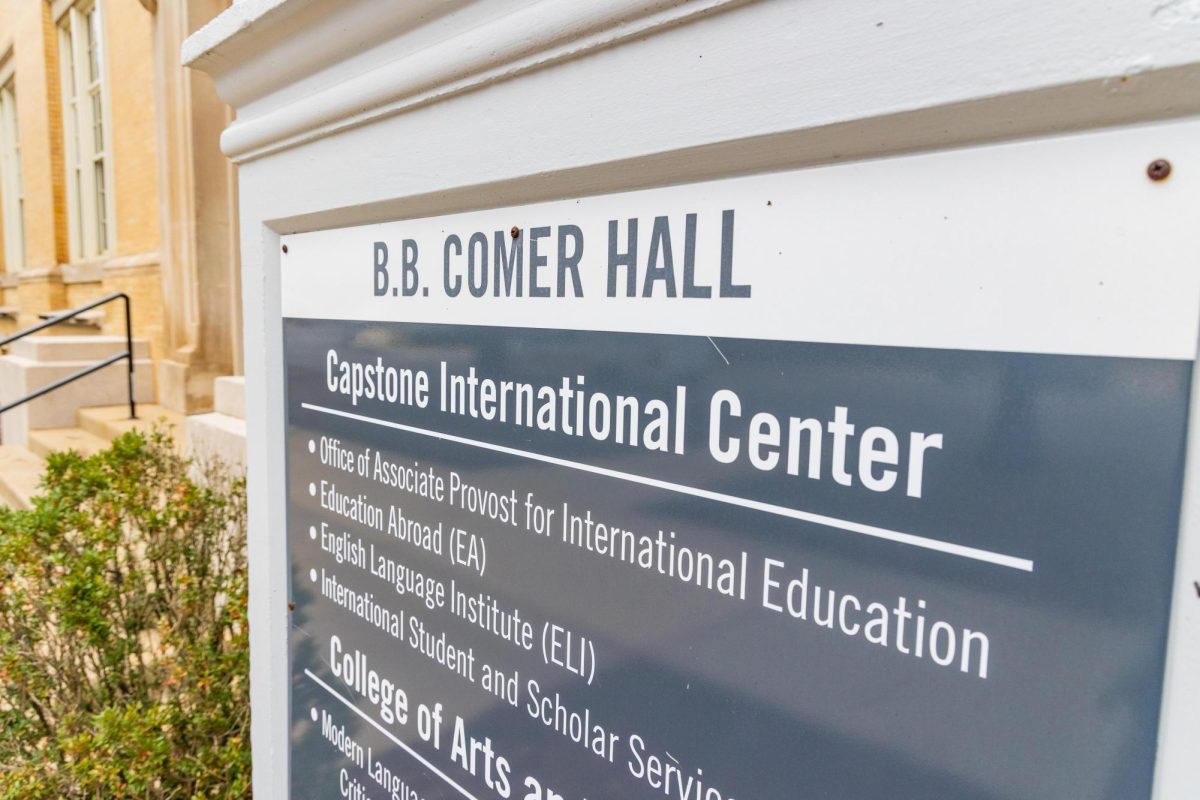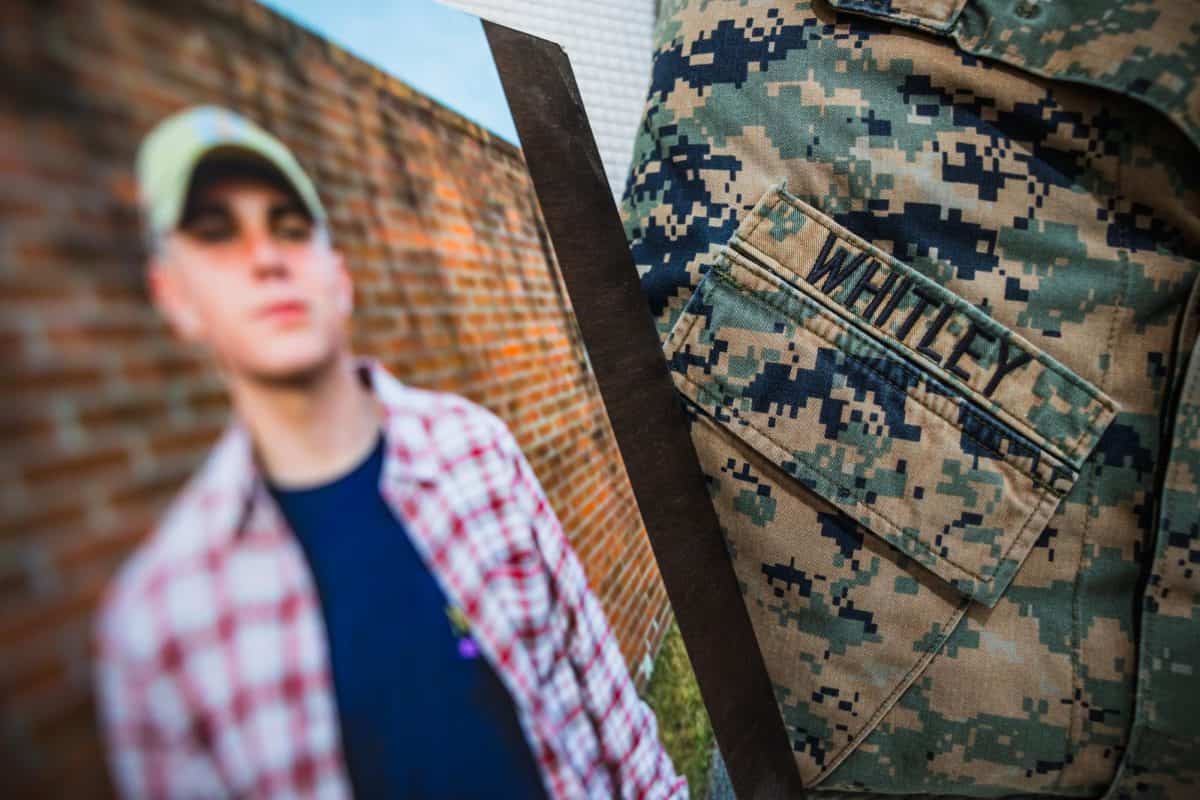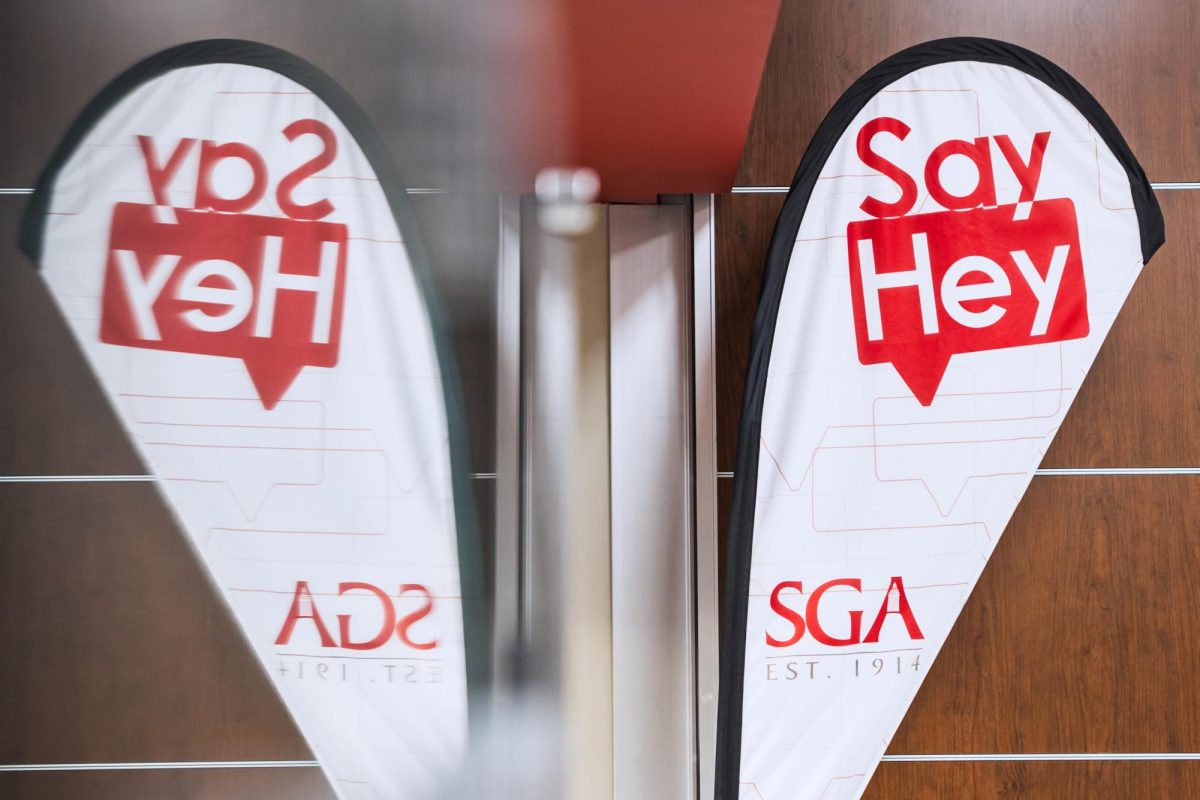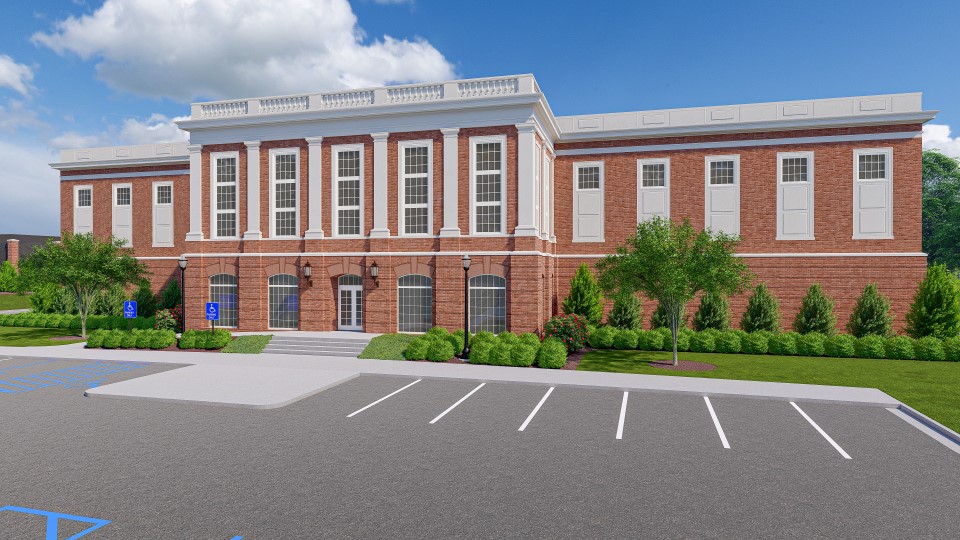If you’ve ever ventured into Smith Hall, you’ve probably noticed the giant skeleton of a Basiliasaurous hanging from the ceiling. Many people think it’s the original, although it’s actually a replica. (Many people also think it belongs to a dinosaur, though it actually belongs to a whale native to Alabama.) Why a replica? On the original skeleton, one vertebrate weighs anywhere from 50-70 lbs, and with the skeleton being almost 70 feet long, the original would bring down the ceiling in an instant.
The Alabama Museum of Natural History, located on the University of Alabama campus in Smith Hall, is hosting its first ever College Night this Monday, Sept. 19 from 6-9 p.m. to give students the opportunity to meet other students and learn about the history of the museum. The event will take place in Smith Hall and is free for all students. There will be music, refreshments and exhibits on display.
“Our goal is to introduce or re-introduce the museum to students, many of whom might otherwise never come to the museum throughout all their years at the University,” said Amanda Epsy-Brown, education outreach coordinator for the museum. “We want to share this with students because we feel like it is a treasure that belongs to them.”
The Alabama Museum of Natural History is one of the oldest in the nation. The museum itself has been around for more than 100 years and is actually older than the Smithsonian in Washington, D.C., if you count its collections that date from the 1830s.
The museum also holds functions such as weddings, parties and receptions, and its coordinators want it to be a place where campus organizations can hold their meetings.
“It’s a great place to hang out,” Epsy-Brown said. “It’s peaceful.”
The collections came about beginning in the 1800s. The museum’s namesake, a geology professor at the University, took his students on field trips. What they found while they were out made up the very beginnings of the collections.
“[The collection] is massive…[Smith Hall] is the tip of the iceberg when it comes to our collections,” said naturalist Todd Hester. “We literally have millions in archive.”
The rest of the special collections can be found in Mary Harmon Bryant Hall.
A meteorite, known as the Hodges Meteorite, resides in the University’s museum as well. It is famous for being the only meteorite to have struck a human being. It struck Ann Elizabeth Hodges in the 1950s here in Alabama. They cut a sliver off to examine it, and that sliver can be found in The Smithsonian.
“We’re famous in that we have a sliver in The Smithsonian,” Hester said.
For students interested in getting involved, the geology department hires student workers to help the department.
“Our programs are unique and fun. You learn something, and you don’t know that you’re learning,” Hester said.
Other ways to get involved include expeditions, weeklong outings, volunteer work and internships. Expeditions include activities such as canoeing and kayaking, and the weeklong outings include digs and more. For additional information, visit amnh.ua.edu.
“Many of the students who attend The University of Alabama come from out of state and don’t know ‘Alabama the Beautiful,’” Hester said.
This department wants to change that and to show Alabama’s beauty.
“We want students to come through the door and enjoy,” Epsy-Brown said.



